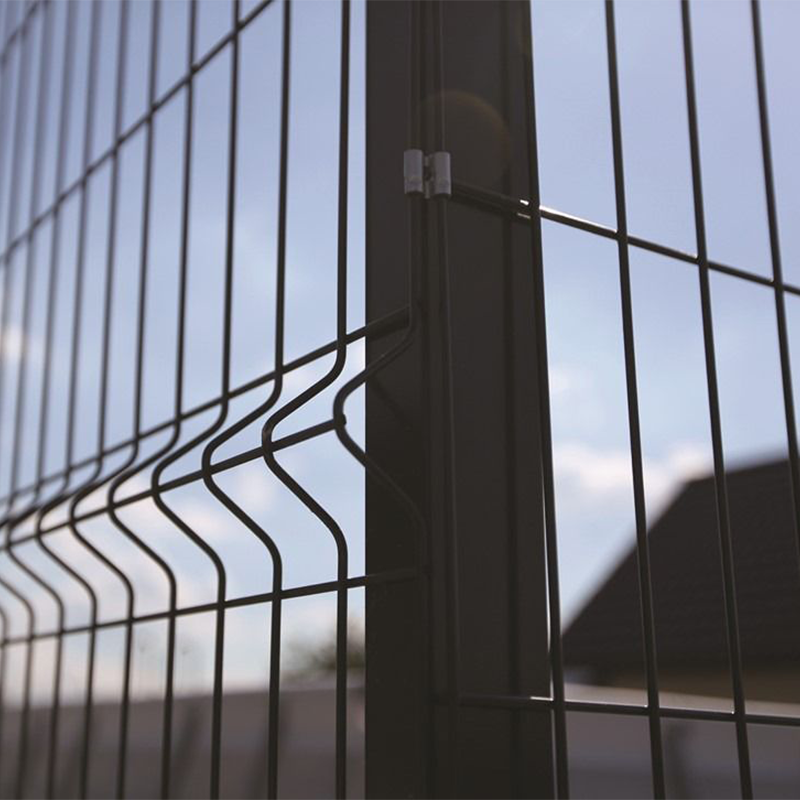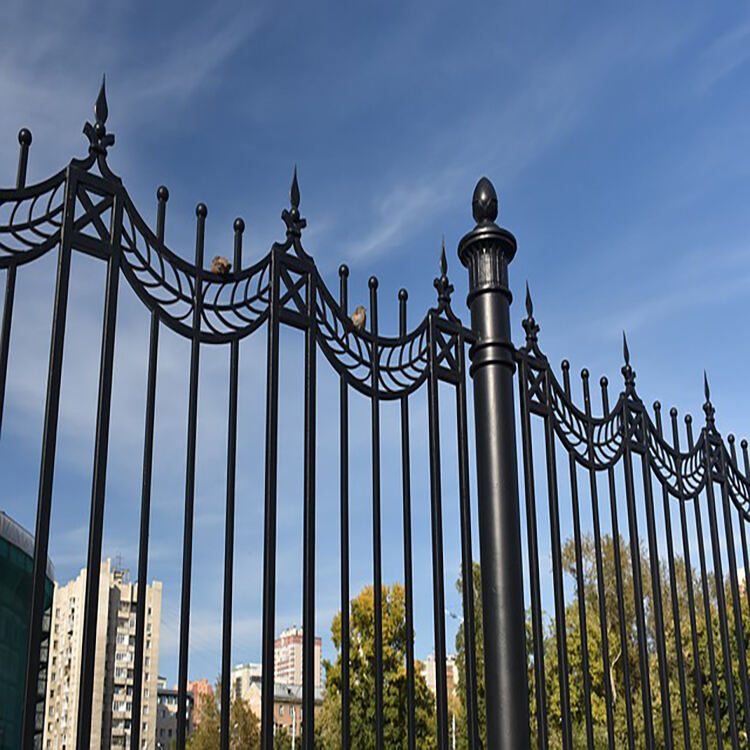Why Regular Maintenance is Essential for Welded Fence Panels
Regular maintenance plays a pivotal role in extending the lifespan of welded fence panels, ensuring they continue to serve their purpose effectively for years to come. Studies have consistently demonstrated that consistent upkeep can, in fact, double the life expectancy of metal structures. This is particularly crucial for welded fence panels, which are often installed to provide security and boundary demarcation. By investing in routine maintenance, you are essentially safeguarding your investment, ensuring the longevity and durability of your fencing solution.
Neglecting maintenance, on the other hand, can lead to costly structural damage. For instance, a seemingly minor crack in a panel might expand over time, leading to significant weakening of the overall structure. This can escalate to the point where entire panels or even the framework need replacing—an outcome that is considerably more expensive than regular maintenance. Therefore, by addressing small issues promptly through regular inspection and upkeep, you prevent them from escalating into major repairs, thereby preserving the integrity and functionality of your fence panels.
Protecting Your Welded Fence Panels from Rust
Ensuring the longevity of your welded fence panels requires careful protection against rust. Rust can compromise the structural integrity of the fence, leading to costly repairs or replacements. Implementing effective rust prevention techniques not only maintains the fence’s appearance but also extends its life, preserving your investment. Below, we delve into practical steps to protect your welded fence panels from rust and ensure they remain robust over time.
Identifying Rust Spots Early
Regular inspections for rust spots are crucial in maintaining the health of your welded fence panels. Detecting and addressing rust promptly can prevent further damage. Look for signs such as discoloration and flaking paint, which can indicate underlying issues. Early intervention is vital; if rust spots are identified and treated quickly, you can avoid extensive repairs that might otherwise be necessary if the rust were allowed to progress unchecked.
Applying Protective Coatings
Applying protective coatings is an effective method for combating rust on welded fence panels. These coatings act as a barrier, shielding the metal from moisture and environmental factors that contribute to corrosion. Options such as powder coating and galvanization are highly recommended due to their durability and effectiveness in providing long-term protection. Experts suggest reapplying these coatings every few years to ensure your fence continues to resist rust and prolongs its useful life.
By taking proactive measures to identify rust early and apply protective coatings, you can effectively safeguard your welded fence panels and maximize their longevity. Implementing these strategies is a sensible approach to maintaining the integrity and appearance of your fencing, reducing potential maintenance costs and enhancing its durability.
Cleaning Techniques for Welded Fence Panels
Using Mild Cleaning Solutions
Using mild cleaning solutions is essential for maintaining the integrity of welded fence panels. A gentle approach helps prevent the deterioration of protective coatings and is environmentally friendly. Experts recommend a simple mixture of mild soap and warm water for effective routine cleaning. This non-abrasive solution ensures that the fence's appearance is preserved while avoiding damage to its surface. Regular cleaning not only maintains the aesthetic appeal of the fence but also plays a crucial role in identifying any areas that may require further maintenance. By consistently inspecting and cleaning your fence, you can spot early signs of wear or damage, allowing for timely intervention.
Scrubbing Hard-to-Reach Areas
Reaching the tight corners and crevices of welded fence panels can be challenging, but specialized tools can simplify the task. Utilizing extension brushes and flexible cleaning tools helps scrub hard-to-reach areas effectively without harming the fence structure. Paying special attention to joints and corners is essential as these areas are prone to debris accumulation, making them susceptible to rust and decay. By focusing on these critical zones during cleaning, you can prevent common maintenance issues. The use of proper tools ensures a thorough cleaning, enhancing the longevity and resilience of your fence against environmental factors.
Vegetation Control Around Welded Fence Panels
Keeping Plants and Shrubs Trimmed
Regularly trimming plants and shrubs near welded fence panels is crucial to prevent structural damage and moisture buildup. Overgrown vegetation can encroach on the fence, trapping moisture that leads to rust and deterioration. Maintaining a clear boundary not only enhances the fence's appearance but also aids in routine inspections, reducing the risk of unnoticed damage. This practice ensures effective fence maintenance and longevity, safeguarding your investment in a welded fence.
Preventing Moisture Retention
To protect welded fences from moisture-related damage, implementing effective drainage solutions is essential. This involves ensuring the soil around the fence does not retain excessive moisture, which could cause the panels to rust over time. By regularly monitoring and adjusting landscaping, gardeners can promote adequate aeration, further enhancing the fence's durability. Consistent efforts in preventing moisture accumulation are pivotal in extending the life of your welded fence panels, ensuring they remain sturdy and reliable over the years.
Inspecting and Repairing Welded Fence Panels
Regular Damage Inspection
Routine inspections are essential for ensuring the longevity of welded fence panels. Setting up a regular inspection schedule allows for the early detection of potential issues such as misalignment and welding failures. These issues, if left unaddressed, can exacerbate over time and lead to more significant damage or costly repairs. A detailed checklist should be an integral part of these inspections, incorporating key elements such as rust identification, checking for physical damage, and assessing the overall stability of the fence structure. As recommended by fencing experts, such thorough evaluation helps maintain the integrity and functionality of the fence.
Prompt Repair and Replacement
Addressing identified issues with welded fence panels without delay is crucial in preventing further deterioration and saving on replacement costs. Quick repairs can significantly extend the lifespan of the fencing and maintain its structural integrity. However, knowing when to repair versus replacing parts of the fence is equally important. Expert advice often suggests that if repair costs exceed 30% of the structure's value, replacement might be the more economical and sustainable option. This guideline helps property owners make informed decisions about maintenance strategies, ultimately safeguarding their investments.



